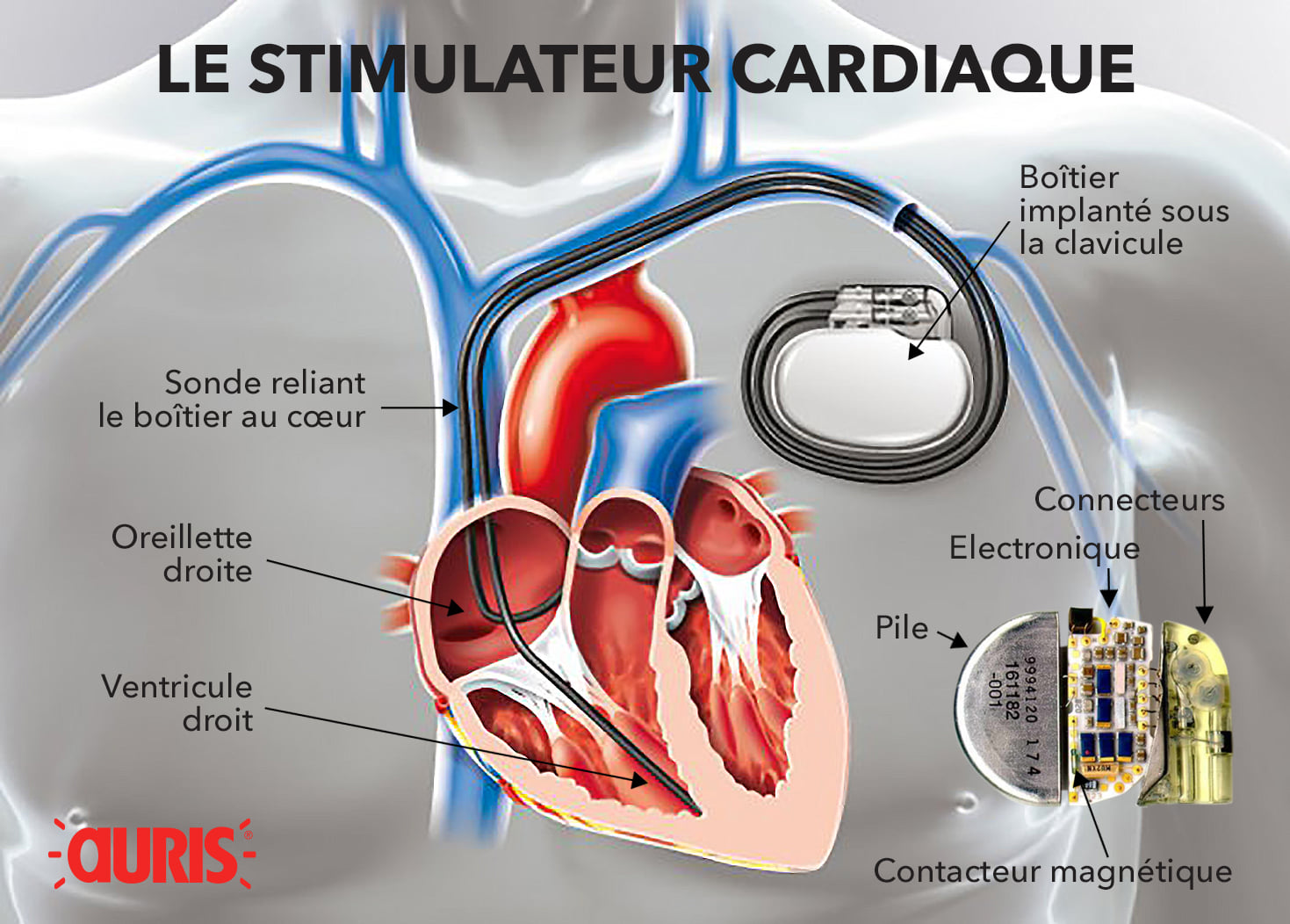The use of magneto-therapy presents only one contraindication for pacemakers.
The role of the pacemaker
The pacemaker, or cardiac battery, is a device implanted in the body that produces electrical impulses intended to stimulate the heart muscle, thus making it possible, for example, to accelerate the heartbeat when it is too slow. Cardiac stimulation can be temporary, to deal with a transient or permanent situation. Some 30,000 pacemakers are implemented each year in France, three quarters being first-time implementation, the rest being box replacement. This
number is growing.
The magnet test
The medical monitoring of the pacemaker is done regularly by the cardiologist, it allows him to check if it is functioning correctly, to check its level of charge in order to be able to schedule its replacement in time, to check the integrity probes and to detect any disorders of the heartbeat.
The monitoring is done by a so-called “magnet test”. This involves positioning a magnet on the area of the case, it triggers a particular behavior of the stimulator through the skin with the sound of a “beep”. Once the magnet is removed, the pacemakers return to its normal operation.
In order for the pacemaker to respond to the magnet, its electronic part is equipped with a magnetic switch ( Reed switch) for the previous model or a “hall effect sensor” for the more recents ones.
Magnetic-therapy yes, but far from the pacemaker.
It is for this particular reason that any magnet, except for the test magnet, is not recommended for the wearer of the pacemaker. It is specifically not recommended to place a magnet on the heart area, but it is preferable to use magnetic insoles or a knee pad as they cannot interfere with the pacemaker. You can therefore, even with a pacemaker, enjoy the benefits of magnetic therapy, by taking care to position the magnets at a good distance from the heart.

